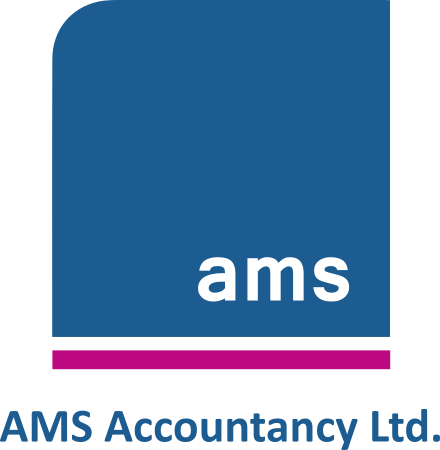If you have recently started trading as a self-employed person, your first income tax bill will be due in the January following your first trading year, and for many it comes as a bit of a shock.
This is because your first tax bill, due in the January, will commonly include an extra 50% as a Payment On Account (‘POA’) towards the tax bill for the following year. In addition to this, a further POA of 50% will need to be made the following July. So, within a six month period, you may well have to pay two years’ worth of income tax!
For example: If, in your first year of self-employment, your tax bill, based on your 2022/23 profits is £2,000, then you will, by default, have to pay tax of £3,000 (£2,000, for 2022/23, plus £1,000 POA towards 2023/24) in January 2024. Then in July 2024, you will have to pay tax of £1,000 (the second POA towards 2023/24).
Thereafter, there will effectively be six months’ worth of tax payable every six months – and a further balancing payment (or possibly a refund) every January.
Also, because of the way POA’s are calculated and paid, self-employed people can often find their tax bills don’t seem to be in sync with their income. In contrast, with Limited Companies, Corporation Tax is always payable 9 months after an accounting year end.
